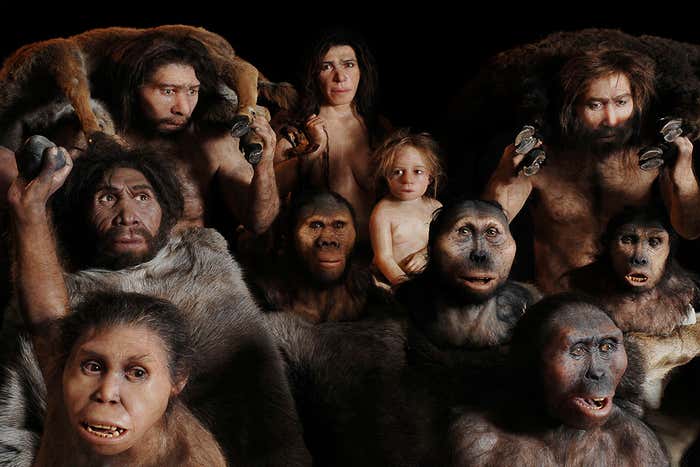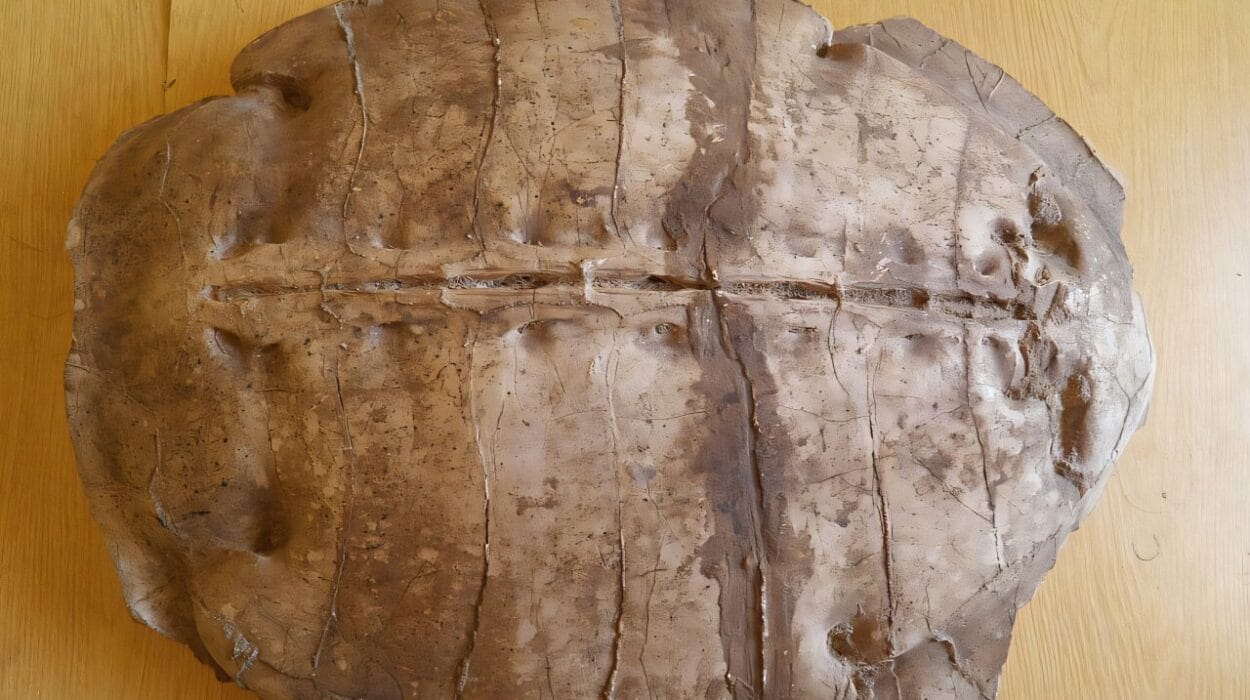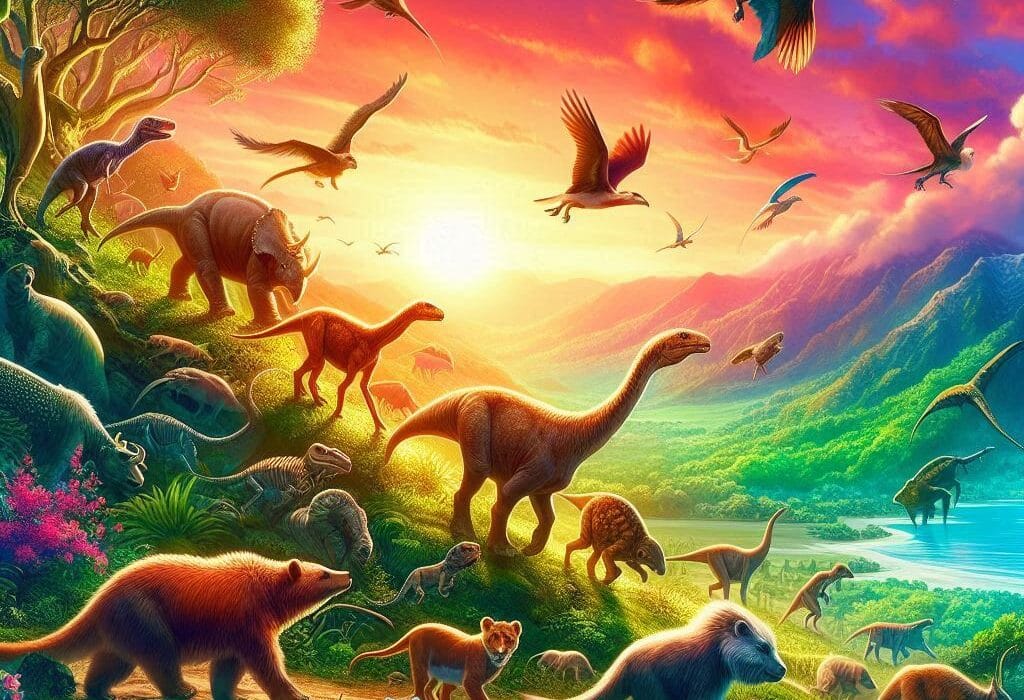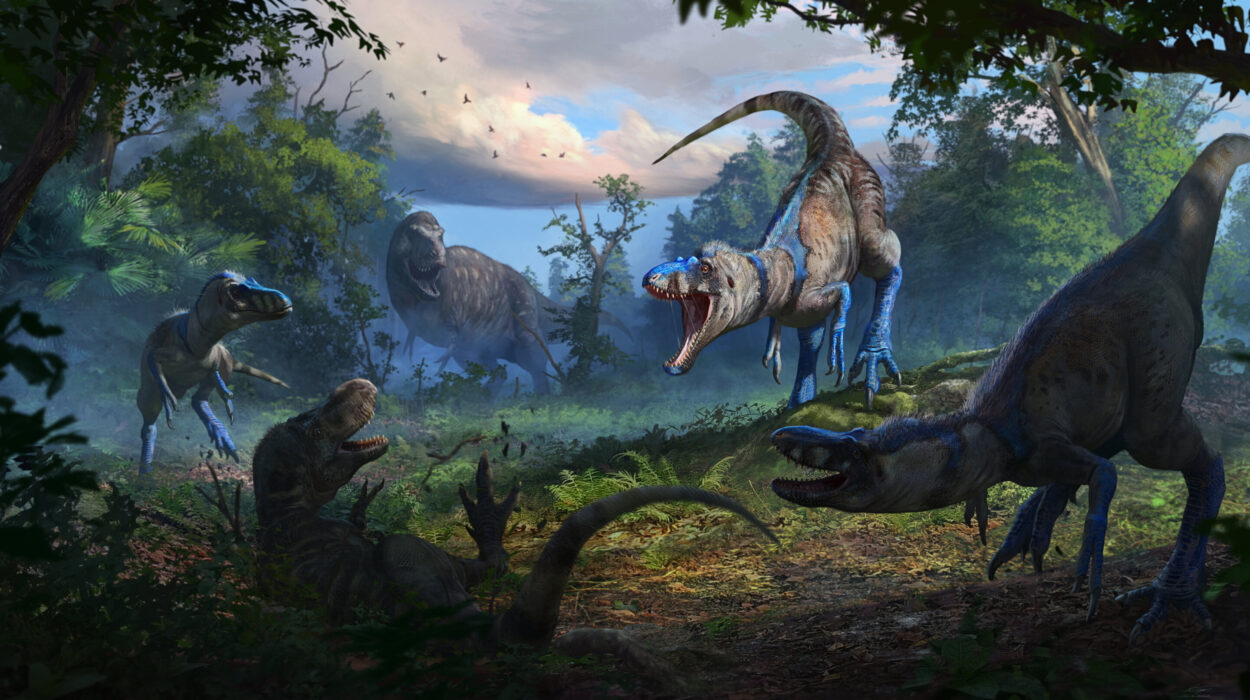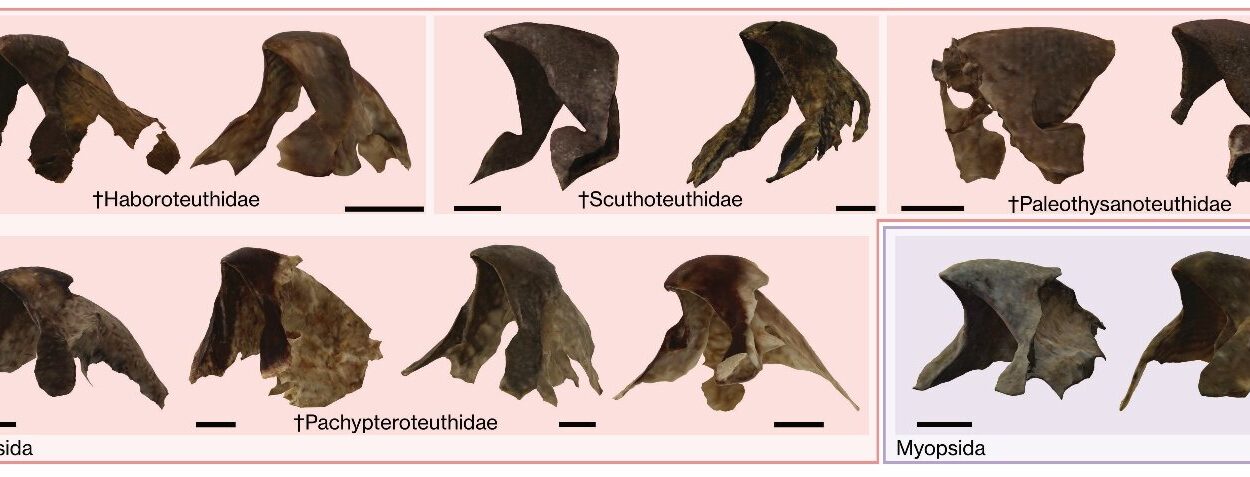When the last Ice Age began to ebb, the world teemed with creatures of astonishing size and strangeness. Towering ground sloths lumbered through the Americas, mammoths grazed across the frozen steppe, moas—giant flightless birds—roamed New Zealand, and Australia was home to a pantheon of bizarre marsupial giants. But between 50,000 and 10,000 years ago, most of these animals vanished. Their disappearance marked one of the most dramatic episodes of extinction since the end of the dinosaurs.
Why these giants disappeared—and what that tells us about both ancient ecosystems and our modern one—is a question that has haunted paleontologists and ecologists for decades. Unfortunately, many of the fossils they left behind are fragmentary and eroded, and attempts to analyze ancient DNA are often thwarted by the decay of genetic material in hot or humid environments. Now, a cutting-edge technique that examines proteins instead of DNA is offering new hope in solving the mystery. Welcome to the rising field of paleoproteomics.
From Moas to Marsupial Mammoths
The term “megafauna” refers to animals significantly larger than any of their closest living relatives. During the Pleistocene epoch—roughly 2.5 million to 11,700 years ago—these massive animals were common across the planet. In Australia, this included creatures that defy easy description: wombat-like herbivores the size of hippos, kangaroos as tall as two men, and predators with slicing front teeth like meat cleavers.
These animals were not just curiosities—they played critical ecological roles. They dispersed seeds, shaped vegetation, and influenced predator-prey dynamics. So when they disappeared, ecosystems across the globe were profoundly reshaped.
Multiple hypotheses have been proposed to explain their extinction. Climate change is a likely culprit: the transition from the Pleistocene to the Holocene was marked by rapid warming and fluctuating rainfall patterns. At the same time, Homo sapiens was spreading across the globe, reaching Sahul (a prehistoric landmass uniting modern Australia, New Guinea, and Tasmania) at least 50,000 years ago. The coincidence in timing has led many researchers to suspect human hunting, habitat alteration, or disease introduction as contributing factors.
But unraveling what really happened to these giants has been difficult. Most fossils are incomplete—just shards of bone or fragments of teeth. DNA, which has revolutionized modern paleontology elsewhere, is too fragile to survive long in the warm, acidic soils of the tropics or deserts. This has left scientists with tantalizing clues but few definitive answers.
Cracking the Code in Collagen
A team of researchers led by Professor Katerina Douka of the University of Vienna and Dr. Carli Peters of the University of Algarve has now turned to an innovative technique called Zooarchaeology by Mass Spectrometry, or ZooMS. Rather than relying on DNA, ZooMS analyzes proteins—specifically collagen, the primary structural protein in bone.
Collagen tends to degrade much more slowly than DNA, especially in harsh environments. Even bones tens of thousands of years old can retain enough collagen for analysis. The key insight is that each species—or at least genus—has unique peptide markers, short chains of amino acids, that can be identified using mass spectrometry. By analyzing these markers, researchers can distinguish between closely related animals, even from small, nondescript bone fragments.
Until now, most reference databases for ZooMS have focused on Eurasian animals. But this leaves a vast gap in our understanding of the fossil record in continents like Australia, which had its own evolutionary path and unique fauna. That’s where Douka and Peters’ work makes a major contribution.
They focused on three extinct Australian megafauna: Zygomaturus trilobus, a wombat-like giant that could weigh over 500 kg; Palorchestes azael, a mysterious herbivore with long claws and a possibly prehensile tongue; and Protemnodon mamkurra, a robust kangaroo that might have occasionally walked on all fours.
These animals lived during the Late Quaternary and may have coexisted with the first humans to arrive in Australia. In fact, bones from Protemnodon have been dated to over 43,000 years ago, placing them well within the window of human colonization.
Into the Protein Archive
To extract meaningful data, the team first had to rule out any modern contamination. Once they isolated the collagen, they mapped the peptide sequences and compared them with known sequences from both living and extinct relatives. Despite the extreme age of the bones, the collagen was surprisingly well-preserved.
The results were illuminating. The team successfully identified unique peptide markers that could distinguish Protemnodon from five living kangaroo genera and one extinct one. Zygomaturus and Palorchestes also showed distinct markers, although the two were too genetically similar for their collagen signatures to be easily separated at the species level.
That limitation is expected. Collagen evolves slowly—far slower than DNA—and many species-level differences don’t leave obvious traces in the protein sequence. But for the purposes of identifying genus-level differences in poorly preserved fossils, these markers are more than sufficient. They unlock a whole new dimension of the fossil record that was previously unreadable.
“This means that in the context of megafauna extinctions, proteins may still be preserved where DNA is not,” says Peters. That’s especially significant in places like northern Australia and Southeast Asia, where intense heat and humidity usually destroy genetic material.
A More Complete Picture of the Past
With these new tools, paleontologists can now revisit existing fossil collections and apply ZooMS to hundreds of unidentifiable fragments. Many of these bones were previously assumed to be too degraded to be of use. Now, they can be reanalyzed and potentially matched to a known genus, helping to fill in the geographic and chronological gaps in our knowledge of megafaunal distribution.
And that has bigger implications. By determining where certain megafauna lived and when they disappeared, researchers can more precisely correlate their extinction with shifts in climate, vegetation, and human activity. If a particular species disappears shortly after humans arrive in its habitat, that strengthens the case for anthropogenic causes. Conversely, if the species had already begun to decline before humans arrived, climate may have played a larger role.
In some cases, extinct species may even reappear. Bones long assumed to belong to common species could turn out to represent animals thought to have died out millennia earlier. This happened recently with a thylacine (Tasmanian tiger) bone that was re-dated and found to be thousands of years younger than previously believed.
More Mysteries in the Megafauna
The study by Douka, Peters, and their colleagues is just the beginning. Australia’s fossil record includes many more extinct giants whose protein signatures remain unknown. Two prime candidates for future analysis are Diprotodon, the largest marsupial that ever lived, and Thylacoleo carnifex, a lion-sized predator with jaws strong enough to crunch through bone.
Understanding these creatures in greater detail could answer long-standing questions about how Australia’s ecosystems evolved and how resilient—or vulnerable—they were to disruption. It could also shed light on how human populations interacted with the animals around them. Did early Australians hunt these creatures systematically, or were they more passive witnesses to a climate-driven collapse?
From Ancient Bones to Future Warnings
While the study of ancient proteins might seem like an academic curiosity, it has real-world relevance. We are currently living through another mass extinction event—one driven not by natural climate shifts but by human activity. Many of today’s large animals, including elephants, rhinos, and great apes, face the same pressures that megafauna did: habitat loss, climate stress, and overexploitation.
Understanding how past extinctions unfolded can provide crucial insights for modern conservation. It shows us how ecosystems respond to the loss of keystone species and helps predict what happens when large herbivores or predators disappear. It may even help guide rewilding efforts that aim to restore lost ecological functions by introducing analog species.
In this way, the bones of the ancient giants speak to us across millennia—not just as relics of a vanished world, but as messengers carrying warnings and wisdom for our own uncertain future. Through the lens of paleoproteomics, these silent witnesses are finally beginning to tell their story.
Conclusion: A New Frontier in Paleoscience
The mystery of the megafauna’s extinction is far from solved, but it is becoming clearer thanks to the marriage of molecular science and paleontology. With tools like ZooMS, scientists are no longer constrained by the rarity of well-preserved fossils or the frailty of ancient DNA. Instead, they can reach deeper into the past and recover stories from the collagen archives of forgotten giants.
The work of Douka, Peters, and their colleagues is part of a larger revolution in how we understand prehistory—not just through bones and stones, but through molecules and machines. It’s a reminder that even in the most degraded fossils, the past is still speaking. We just need to know how to listen.
Reference: Carli Peters et al, Collagen peptide markers for three extinct Australian megafauna species, Frontiers in Mammal Science (2025). DOI: 10.3389/fmamm.2025.1564287

